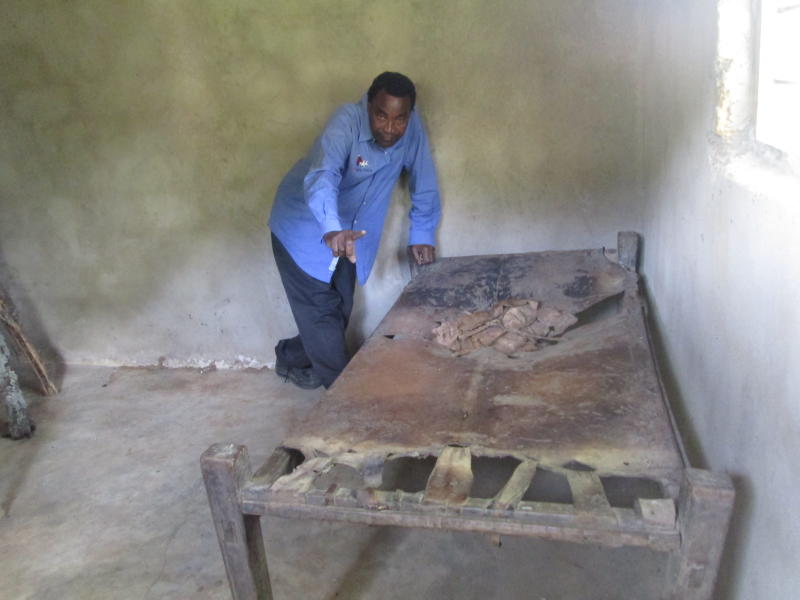×
The Standard e-Paper
Home To Bold Columnists

The bed Mzee Jomo Kenyatta, Kenya's first President used to sleep on in a cave in Taita-Taveta County during the struggle for independence. [Renson Mnyamwezi/Standard]
A bed used by Mzee Jomo Kenyatta and other freedom fighters in Mau Mau caves in Taita Hills has been preserved for posterity.